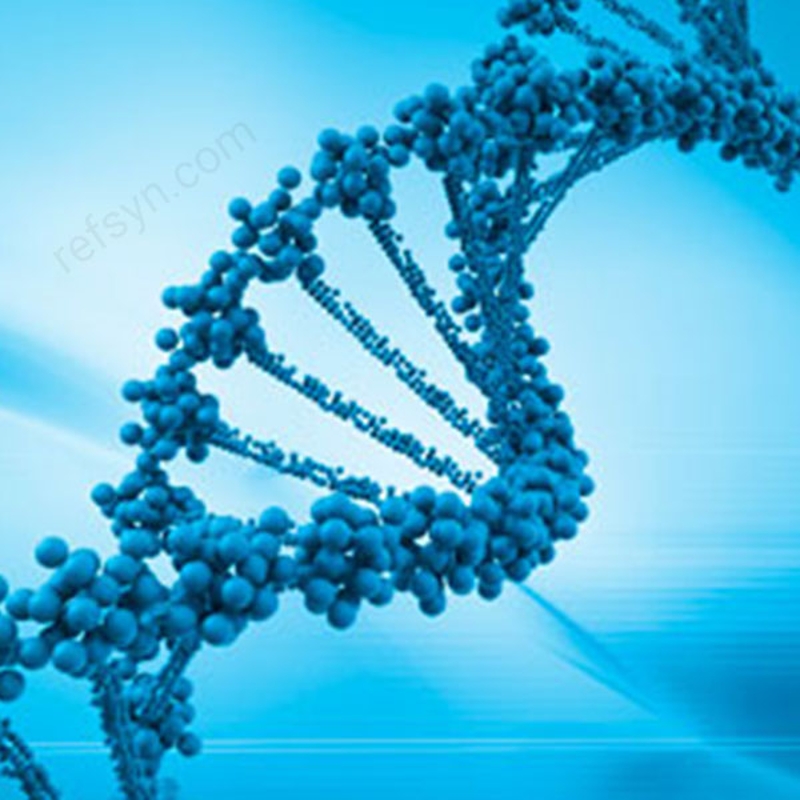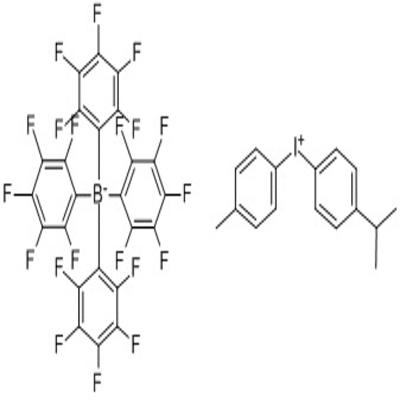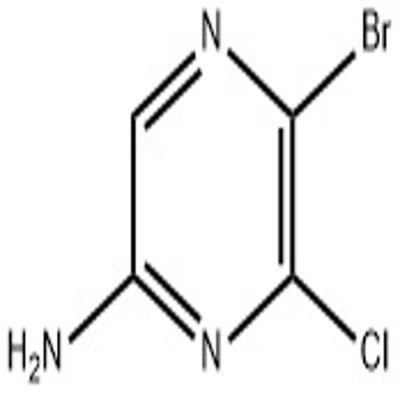-
Categories
-
Pharmaceutical Intermediates
-
Active Pharmaceutical Ingredients
-
Food Additives
- Industrial Coatings
- Agrochemicals
- Dyes and Pigments
- Surfactant
- Flavors and Fragrances
- Chemical Reagents
- Catalyst and Auxiliary
- Natural Products
- Inorganic Chemistry
-
Organic Chemistry
-
Biochemical Engineering
- Analytical Chemistry
- Cosmetic Ingredient
-
Pharmaceutical Intermediates
Promotion
ECHEMI Mall
Wholesale
Weekly Price
Exhibition
News
-
Trade Service
2,5-Dibromo-3-butylthiophene, commonly referred to as DBT, is a halogenated thiophene that has been widely used in the chemical industry as a flame retardant additive.
However, there has been controversy surrounding the safety of DBT, with some studies suggesting that it may have adverse health effects.
One of the primary concerns with DBT is its potential toxicity.
While it is considered to be of low toxicity when ingested, studies have suggested that it may have harmful effects when inhaled.
DBT has been classified as a Category 2 carcinogen by the International Agency for Research on Cancer (IARC), which means that it is possibly carcinogenic to humans.
Studies in animals have also suggested that DBT may cause cancer, although the evidence is not conclusive.
Another concern with DBT is its potential to accumulate in the environment.
DBT is persistent in the soil and can remain there for long periods of time, leading to potential buildup in the food chain.
It is also highly resistant to biodegradation, which means that it can be difficult to remove from the environment once it has been released.
Despite these concerns, DBT remains widely used in the chemical industry as a flame retardant additive.
It is often added to plastics, textiles, and other materials to make them more resistant to fire.
DBT has been effective in reducing the risk of fire in a variety of applications, including electrical equipment and building materials.
However, there are alternative flame retardant additives that have been developed that are safer and more environmentally friendly than DBT.
These alternatives include natural and synthetic chemicals that are less persistent in the environment and do not accumulate in the food chain.
In conclusion, while DBT has been effective in reducing the risk of fire in a variety of applications, its potential toxicity and environmental impact have raised concerns about its safety.
As the chemical industry continues to develop new and safer alternatives to DBT, it is important that steps be taken to minimize the use and release of this compound into the environment.







